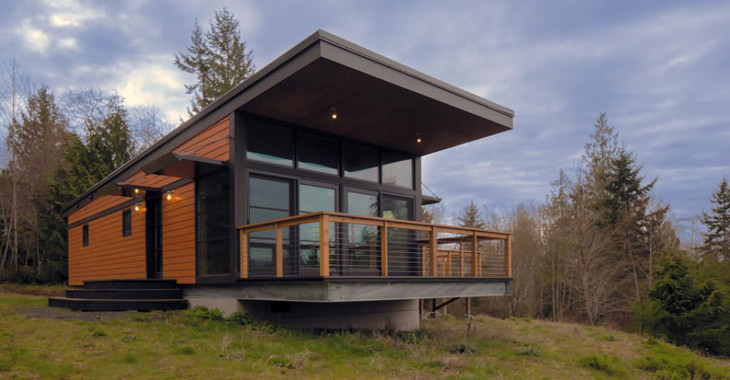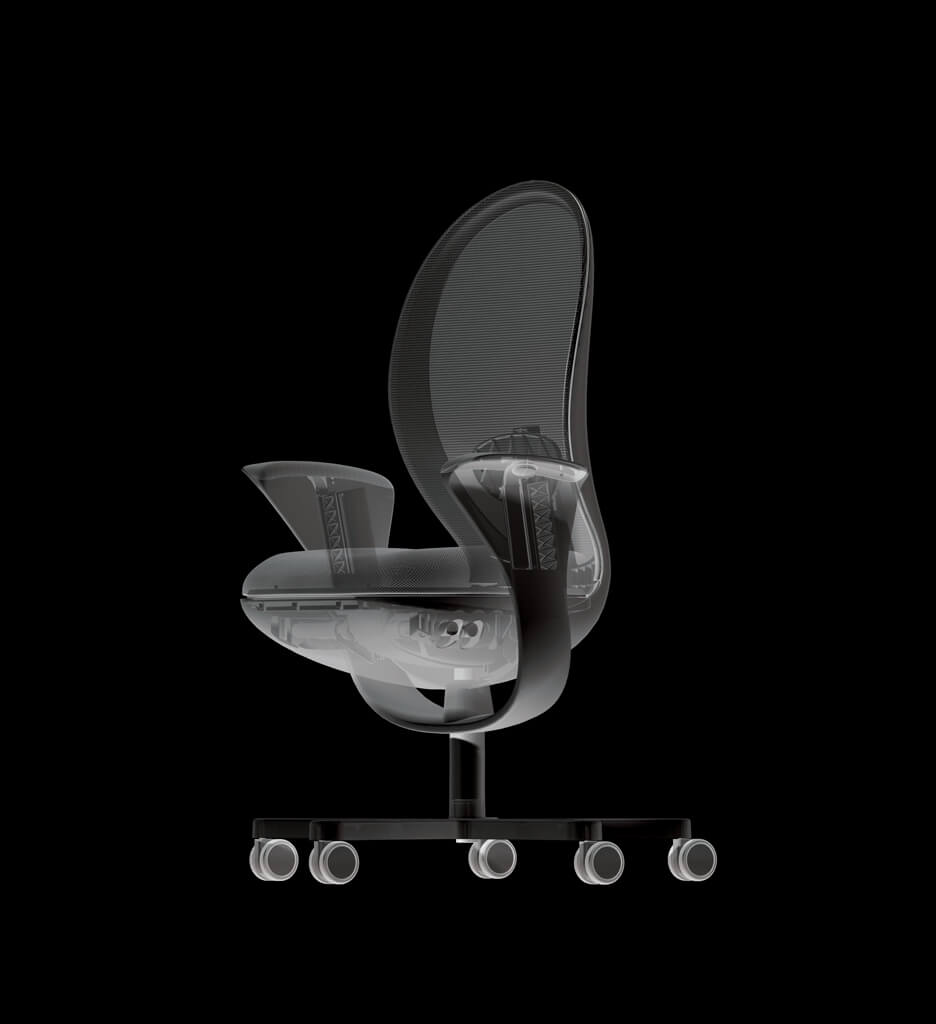Table of Content
When someone refers to a “stick built” home typically they are referring to a method of construction where the majority of the framing and or work is done at the site of the permanent foundation. Stick-built homes are the traditional method for home building using lumber to assemble the home’s frame including the floors, walls, and roof truss. Upon this wooden frame, the rest of the interior and exterior are assembled. Stick-built homes are built on site and are typically done through a contractor.
When building or buying a home, you should understand why a manufactured home is the best alternative to stick-built homes. Traditional stick-built homes are constructed with traditional home building techniques. Stick built is the classic construction method where the entire house is built from bottom to top right on site. There is no transporting of sections of the house involved with this design.
Do Stick-Built Homes Last Longer than Modular Houses?
When you first hear about modular homes, you might picture World War II prefabricated buildings, but the modern reality of this type of housing has moved on considerably. Technologies like AI and 3D printing are now used to improve modular homes and their affordability. For manufactured homes, they’re constructed and assembled in a controlled environment before being transported to your property. There is no argument that financing is one of the top things you should consider when choosing between stick-built homes, modular homes and manufactured homes. Modular and stick-built homes allow people to take out a traditional mortgage.
Assembling the modular sections on the lot is a faster process than building a traditional home. However, it would be best to remember that the foundations need to be poured before the sections are delivered. When you buy a home or have new construction built, you have lots of choices to make.
CUSTOMER TOOLS
A modular home is built off-site and assembled on the property, while a stick-built home is completed constructed in one place. The easy way for an inspector to determine the type of home he is inspecting is to look in the attic. Since the modular home was put together in pieces, the meeting location of the roof framing will be in halves running down the center of the attic. The larger pieces are often called ‘boxes’ since they resemble partially empty boxes once they leave the factory. Normally, there will be vertical framing from the right and left roof trusses with a small space between them.

It can be a confusing experience with new terms to understand and decide on. Manufactured homes offer great value and customizable features that rival stick-built houses at a significantly lower cost. Whether you must move out by a certain date or need to move in by a specific time for any reason, construction processes that drag on can mean a great deal of stress.
More Affordable
In fact, a favorite of many investors is purchasing homes for rental property or to build equity with the purpose of selling the home at a later date. Many savvy investors have been able to retire comfortably from selling a home and living from the equity. They are sometimes inexpensive enough that they can be purchased by a personal loan and losing the little house is not at risk.

If you are looking to buy a home in an area with both modular and stick-built houses, hire a Realtor who can help you make the stick-built home vs modular decision. An experienced agent can set up showing appointments in both types of homes so you can see what they are like. Similarly, two modular homes can have two different conditions depending on their initial construction and care. If you don’t move into a modular home that was pre-fabricated at a different location, then you will likely live in a stick-built home. This refers to the traditional style of building homes from the ground up – even if many homes don’t use sticks and other wood materials today.
Modular Home vs. Stick Built: Which is Right for You?
When purchasing a modular home, you won’t have to worry about the condition of your home. Although inspections are performed, your home will be brand new, with high quality materials and construction. Two main types of residential housing include both modular and stick-built homes. These home types are often debated by buyers who want to be sure they’re making the best decision. Since there are many benefits and drawbacks of each type of home, you should carefully consider each before making a commitment.
You can show this to sellers when you’re looking at homes, to let them know that you’re able to secure financing. If you’ve run the numbers and decided that yes, you can afford homeownership in one of these home types, your next step is to meet with a mortgage lender. You can discuss the different types of mortgages and decide which would be best for you.
Along with these factors, of course, the property’s condition is essential. A modular and a stick-built home could be the same size, but if one of them is in a substantially worse situation, that will have a more significant effect on the value than anything else. Things are different when you buy a modular home, where you are less likely to notice a difference from a stick-built one.

A stick-built home undoubtedly offers more customization options, but you have to endure the tradeoff in higher costs and a longer build time. Modular homes are constructed using prefabricated parts, known as modules. The modular form of construction involves building sections away from the construction site and then delivering them. There are fewer financing options available for stick-built homes than modular homes, which can limit what some home buyers can afford. Working with an experienced agent is the best way to determine if a home fits in your financial budget. Stick-built homes are often considered more aesthetically pleasing, because they’re custom-built and often have at least a few unique features that would be impossible on modular homes.

No comments:
Post a Comment